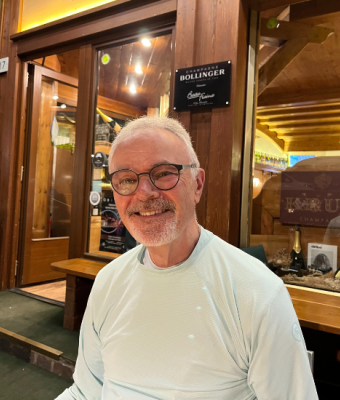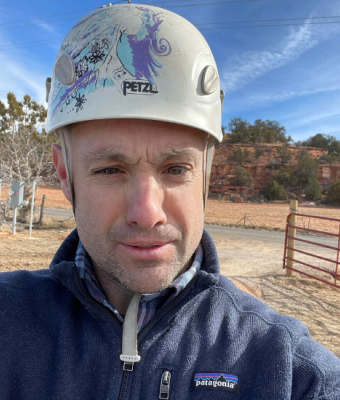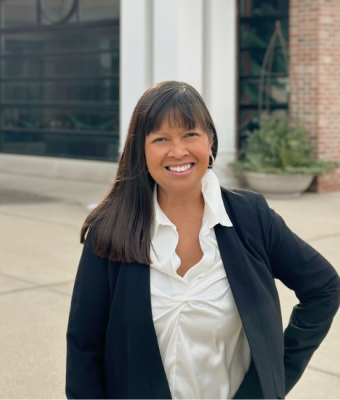My PD Story
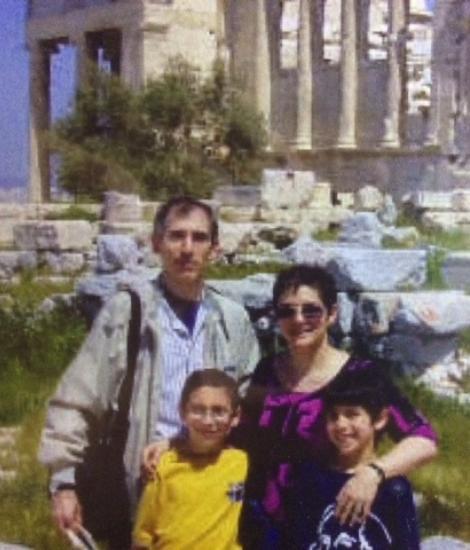
Paul Rohrlich
My wife and I moved to Canada in 1998 with our two toddlers. It was a stressful relocation, from the tropical breezes of Haiti to the arctic winds of Ottawa. The next year, I noticed a twitch in my left hand and experienced painful leg cramps that woke me at night.
These symptoms started to interfere with my writing and sleep. I had always been the picture of good health — active, athletic, clean eating, and a non-smoker — so I chalked these problems to the tension and fatigue that accompanied a move to a new position, a new house and new country, all while raising two extremely energetic boys. However, as the involuntary movements became more pronounced, I made a doctor’s appointment.
In early 2001, I finally learned the results. It was a gray, bleak February day that often-characterized winter in Ottawa. It was a fitting setting for the doctor’s equally bleak verdict that my twitching left thumb and muscle cramps were likely Multiple Sclerosis. Tests led to this diagnosis of young-onset Parkinson’s disease (YOPD), leaving me shell-shocked.
Sure, I knew of Parkinson’s: it was an old people’s disease, affecting my Great-Aunt Esther whose handwriting got shakier with each passing birthday card. But I was only 44, with a young family — my wife, two sons ages four and five, a promising career and lots to look forward to in life. I asked him to double check he had the right lab report…
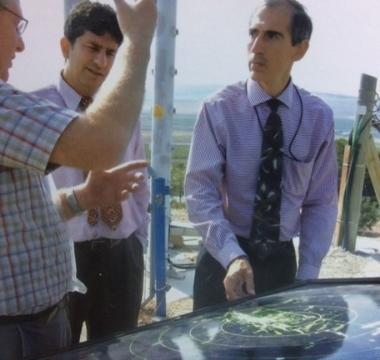
Aside from the initial trauma on receiving this news, my wife and I realized we didn’t really know much about this disease. Whether and when to tell others about my diagnosis was a key concern. As a Foreign Service Officer for the U.S. Department of State, I had served in Zaire (now Congo), Japan, Madagascar and Haiti. With 14 years of service completed, and intentions to serve again in hardship posts overseas — required to move up the ladder in the State Department — I knew that having my medical clearance withdrawn would end advancement opportunities. Being the perpetual optimist, I told myself that this couldn’t be the first time that disability struck the FSO corps, and there must be some way to continue doing the fascinating job that I loved. But I soon found that I was pretty much on my own. I had access to few State Department resources and PD was a medical disqualification.
I started furtively researching PD on my own. Thankfully, the internet made information more accessible, Ottawa had excellent libraries, and I lived close enough to the U.S. to have access to more resources, such as the Parkinson’s Foundation.

The more I read about PD, and given my lack of family history of PD, the more it appeared that my diagnosis may have been triggered by my Foreign Service work and residence. As an economic and environment reporting officer, I was frequently trudging through farmers’ fields, investigating rumored toxic waste areas or visiting developing world factories with few OSHA worker health standards. I recalled that during this time, some of my colleagues became ill from exposure to chemical fumigations. Exposure to noxious fertilizers, chemicals, and poor environmental conditions are now thought to be elements that may trigger Parkinson’s, particularly if one has a genetic make-up that predisposes one to the disease.
I decided to treat my PD as a manageable chronic illness. Indeed, I would use PD to prove the point that the United States should be represented overseas not just by people of many different ethnicities and races, but by persons with great capabilities beyond their disabilities, limps and even shakes!
America’s diverse society should be its trademark abroad, representing its strength by its diversity. New medications and treatments were coming on-stream that made living with PD possible, a better option than just succumbing to physical decline.
At times my optimism was met with a stark realism in the competitive world of diplomacy. However, some disabilities were clearly more acceptable than others, and I soon discovered that some of my old-school colleagues were less than supportive. I chose to not disclose my diagnosis for several years.
At the same time, my wife and I planned for the future. We needed to transition her back into the workforce to eventually take over support of the family while I remained working for as long as possible. I put myself on a rigorous routine of exercise and diet to maintain my ability to function. This was a daily battle.
I started doing strength and stretching exercises to counteract the muscles and tendons that seem to tighten-up. At the time, my left foot was just beginning to drag a bit, but I could still run. Canada is beautiful place to exercise, bike, hike and ski. I walked as much as possible — at least two miles a day to keep my legs strong and make walking automatic again instead of a conscious process.

After a few years of playing crypto-PD patient, I was relieved when State Department granted me a “class two” medical clearance, which allowed me to continue my career and work in counties with access to good health care. I was posted to Belgium, where my family and I remained for the next four years, but I was plagued by terrible reactions to the European-sourced PD medications, which left me alternately nauseated or drowsy.
My problems with mobility and balance became more pronounced, and I had to work harder to maintain and re-train my legs each morning to avoid the tyranny of small steps that PD imposes. Despite their charms, quaint European cobblestone streets and older mass transit systems were not disability friendly. I routinely went to the gym to maintain muscle and balance. I believe that exercise and weight training remain the most essential self-help one can practice, in addition to diet.
A devout coffee drinker, I gave up caffeine to reduce its effect on my tremors and minimize any interference with sleep. I also limited my intake of refined sugar and sodium, which was challenging in the pastry-rich environment of Belgium and France. Although my wife and I had always been mindful about maintaining a healthy family diet, a lower protein regime eating less red meat and more fruits and vegetables proved necessary and helpful. For me, this type of diet relieves some of PD’s non-motor symptoms. These years of trying to balance my PD with a hectic work schedule continued, when I took on a final four-year assignment in Tel Aviv, Israel, followed by shorter assignments in Paris and Reykjavik, Iceland.
I worked another 15 years after my initial diagnosis, taking up diplomatic posts in Belgium, Israel, France, and Iceland. Fortunately, I had the Americans with Disabilities Act (ADA) behind me to facilitate “reasonable accommodation” in the workplace, when items such as ergonomic keyboards and better desk chairs were needed. However, these accommodations were not always possible in international environments.
Fortunately, when I opted for early retirement a few years ago at 58, I found the Parkinson’s Foundation was the ideal group to channel my energy. Through its online resources and references I researched PD thoroughly, along with medications and treatments.
I enrolled in clinical studies, trained with the Foundation to become a research advocate, furthering PD research, lobbying Congress to increase funding for training and greater awareness of the growing numbers of people with PD, soon to reach one million Americans. Ultimately, I had the good fortune to join the Foundation’s Parkinson’s Foundation People with Parkinson’s Advisory Council, where I try to guide the agenda we pursue as the PD community.
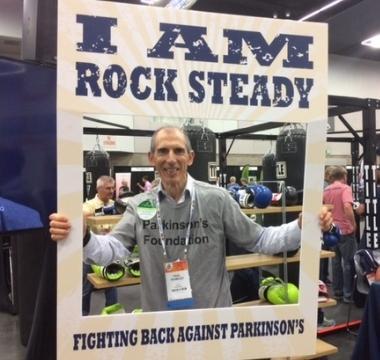
Although my sons may have never known their father without a limp, or a “shakey” left hand as they used to say, PD has not kept us from traveling and enjoying many experiences and outdoor activities together, just as we did before my diagnosis — albeit with modifications and more planning. It is nearing 18 years since that bleak day in Ottawa, and I still try to maintain the structure and discipline of my work life. I wake up and practice a stretching-yoga routine. I have an agenda of support groups I assist and PD clinical research in which I participate. Of course, there are many medical appointments to keep and exercise remains the core of my PD management program. I have come to a stand-off with the disease: Parkinson’s may in part define what I am — a stubborn 17-year survivor — but it does not define who I am.
We honor the loss of Paul Rohrlich, who has passed away since the publishing of his story. We value his commitment to the Parkinson's community and dedication to PD advocacy.
Related Materials
More Stories
from the Parkinson's community
